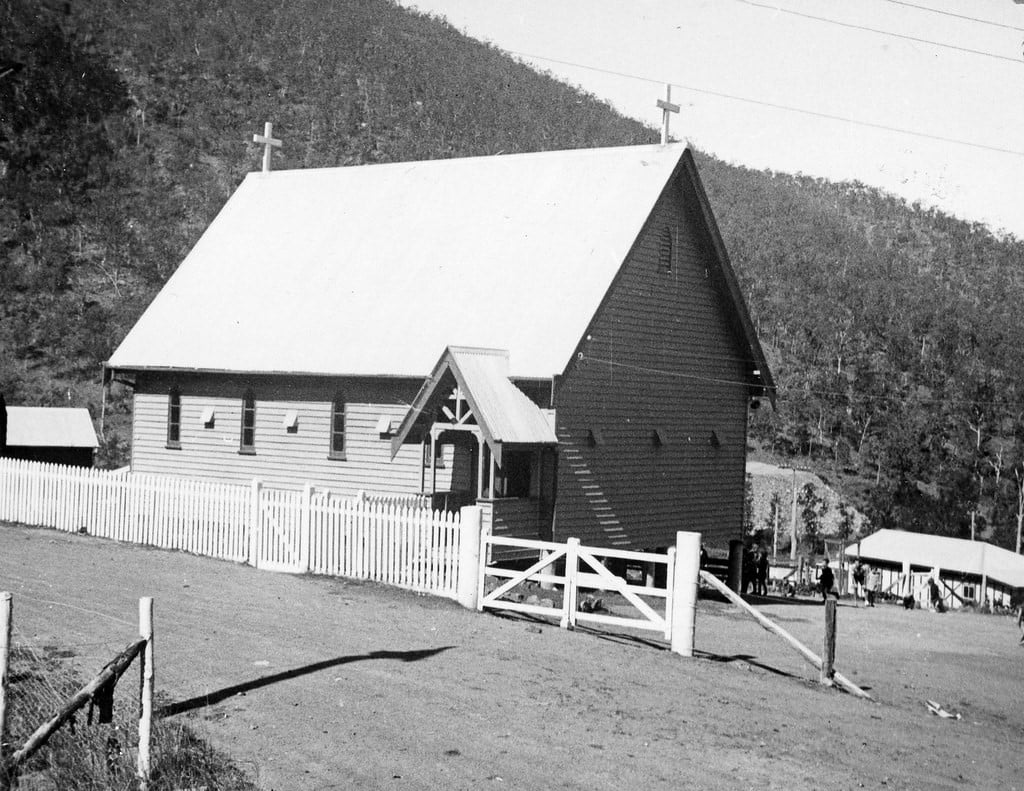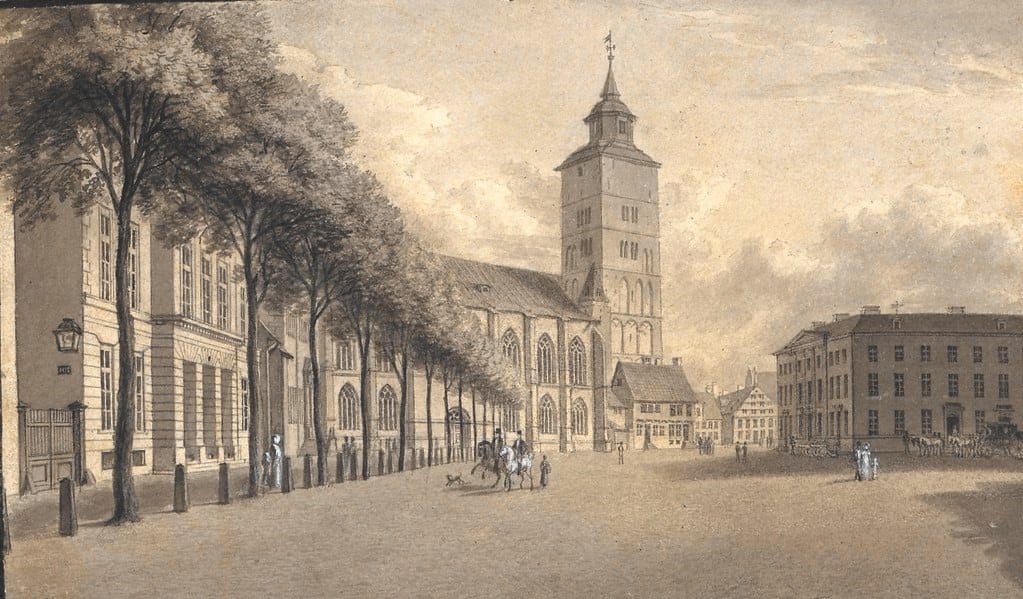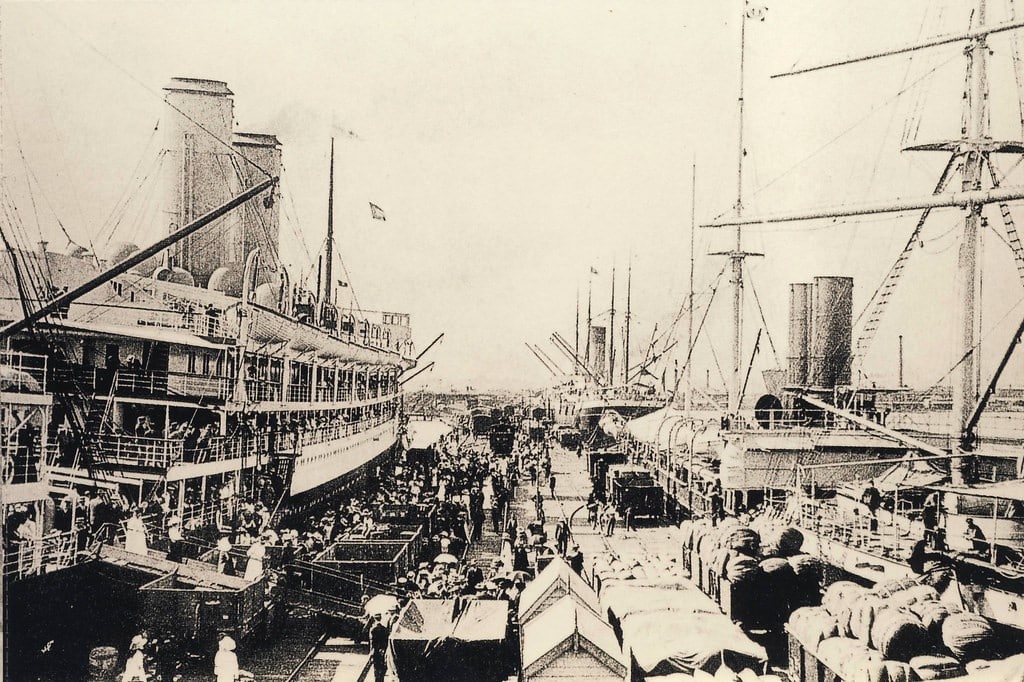German Influences in the United States Part 2
 26
26Apr

If you have German American ancestors, understanding the practices discussed in the last blog will help you know what to expect when researching them. This blog will discuss research strategies and where to find records based on these practices.
Research strategy
We will start by discussing what you must learn about your German ancestors before jumping the pond to Germany. This includes the ancestor’s religion, when the ancestor arrived, the ancestor’s occupation, whether the ancestor was educated, the ancestor’s FAN (Family, Associates, Neighbors) club, and the ancestor’s town of origin in Germany. All of these will help give you places to search records and help you identify your ancestors in the documents you find.
Many immigrants kept the same occupation on both sides of the ocean, which can help identify your ancestors. This is especially important considering name variations and the fact that many immigrants anglicized their names upon arrival in America.
In the last blog, we discussed what can be found in church records and mentioned the sharing of church buildings and clergy. You’ll need to not only know your ancestor’s religion but also about union churches (shared church buildings) in the area. Sometimes, union churches kept one book for all the churches meeting there. It may be necessary to search all the churches in your ancestor’s township or within a 10-mile radius of your ancestor. You may find records of your ancestors in multiple churches.
Additionally, knowing the religion will be helpful in researching in Germany. Their most extensive source of vital records is church records. Because it is crucial to know the religion for German research, keep looking up records in the U.S. until you identify your German ancestor’s religion. If a record mentions a minister’s name, look up that minister.
Knowing your ancestor’s FAN club is important because people also tend to stick to their communities. Immigrants wrote home to friends and family, telling them of life in America and convincing them to come too. People who were neighbors in Germany may have intermarried for multiple generations after coming to America. Sometimes, they traveled together, so FAN club members may be on the passenger lists. They went to church together and may have sponsored each other’s children’s baptisms. Sometimes, finding a neighbor’s origins may be easier than finding the ancestor’s origins.
Records that help identify the FAN club include church registers, passenger lists, naturalizations, bible records, taufscheine (birth certificates), and fraktur. Church records include baptisms, marriages, burials, confirmations, communicant lists, and family registers.
It will also be helpful to create a timeline of your ancestors’ family and associates. This can help you identify holes in research and trace migration patterns, both of which will help you identify additional records to research.
Knowing when your ancestors arrived can help you identify which migration wave they came in, which can hint at what region in Germany they came from. Surname distribution maps can be used to guess what part of Germany your ancestor may have come from. You can search your ancestor’s surname in those and the surnames of their associates and neighbors.

To find the town of origin, check every possible record made of your ancestor in America. Vital certificates usually list the ancestor's birthplace and their parents. This makes it a good record type to find for your ancestors (if they lived recently enough) and for all the ancestors’ children. The 1870 census listed the German state immigrants were born in, so check that census if your ancestors were in the U.S. at that time. Personal records, such as diaries, letters, journals, and family Bibles, may also give clues to the town of origin. Other records to check include tombstones, obituaries, church records, naturalization records, pension files, passenger lists, passports, and German newspapers.
While many records in the 18th and 19th centuries were kept in Germany, printed translations exist. Be skeptical of these translations because they are not always accurate.
Newspapers are a good resource on both sides of the ocean. Newspapers may contain obituaries, birth announcements, and marriage announcements. They give historical context and general news.
If your German ancestor immigrated in the 20th century, you may have an easier time with the research. Passenger lists were more detailed by then. Naturalization records became more detailed after 1906 when the federal government took over. If your ancestor naturalized before 1906, check the different court levels for their naturalization record. If your ancestor moved to the West after 1862, check the homestead records for their naturalization.

Finding records
There are many resources available for researching your German ancestors. NARA has microfilmed many passenger lists. The publication Pennsylvania German Pioneers can be found online. Some taufscheine have been published and can be found in county historical societies and university libraries. Some can be found on eBay.
When looking for emigration records, check the town police registers, Meldeprotokolle, or Melderegister. These can be found in the FamilySearch card catalog by searching the town in question. Emigration lists can be found at MyHeritage, FamilySearch, Ancestry, and German archives.
Many newspapers are digitized and available online. Some are searchable. Some can only be browsed. Some have a printed index. Newspapers can be found online at the following websites:
- Ancestry’s historical newspapers collection
- GenealogyBank (U.S. only)
- com (U.S. only )
- Newspaper Archive contains newspapers from Hesse and Bavaria.
The following recourses are free to access:
- Chronicling America
- DigiBib
- Google Books
- Google News
- HathiTrust
- Internet Archive
- German state library websites
- German university websites.
The map guide to German Parish registers is excellent for finding the district and region of the place of origin. This can also show nearby parishes. It gives FHL film numbers when available. The website is https://familyrootspublis hing.net/.
Church records can be tricky to find because many are not online. It can be trickier with German Americans because those records could be anywhere. Start by searching the closest churches to your ancestor. Next, search the union churches; note that some may have separated, so both congregations should be checked. Note township boundary changes and check all the churches within the township according to the boundaries in your ancestor’s day. Also, search in a five to ten-mile radius of your ancestor, ignoring boundary lines. Also, check parishes and records kept by the pastor. Church records can be found in the FamilySearch card catalog and by contacting local churches, libraries, and archives.
Church records were often kept by the individual congregation or the pastors. Because Moravians were the most literate, they were good at record keeping. Their day books even mentioned non-Moravians. The records can now be found in individual congregations, denomination archives, or special collections at libraries or university archives. Occasionally, records are kept in an attic.
Google Translate can be very helpful in translating German records or websites. On German websites, you may have the option to toggle to English.
Other websites to look for German American resources include:
- The Pennsylvania German Society
- Mid-Atlantic Germanic Society
- https://magsgen.com/
- Federation of East European Genealogical Societies
- Palatines to America Genealogical Society
If you get stuck researching your German ancestors, try these resources discussed. If you are still stuck, contact Price Genealogy for help.
By Katie
Resources
- https://www.familysearch.org/rootstech/session/german-research-for-the-everyday-american
- https://familytreewebinars.com/webinar/the-voyages-of-our-german-immigrants/?search=german
- https://familytreewebinars.com/webinar/get-with-the-times-german-newspaper-research/?search=german
- https://familytreewebinars.com/webinar/the-palatine-immigrants-tracing-and-locating-18th-century-german-immigrants-online/?search=german
- https://familytreewebinars.com/webinar/searching-for-a-pennsylvania-german-ancestor/?sortby=newest&search=german
- https://familytreewebinars.com/webinar/is-this-the-end-taking-your-german-brick-walls-down-piece-by-piece/?sortby=newest&search=german
- https://familytreewebinars.com/webinar/german-names-and-naming-patterns/
- Buiter, A. S. (2020). Tracing Immigrants through the Port of New York: Early National Period to 1924. New York Genealogical and Biographical Society.
- Freilich, K. H. (2016). NGS Research in the States Series: Pennsylvania (B. V. Little, Ed.; 3rd ed.). National Genealogical Society.
- DeGrazia, L. M. (2013). NGS Research in the States Series: Research in New York City, Long Island, and Westchester County (B. V. Little, Ed.). National Genealogical Society.
- Shawker, P. O. (2008). NGS Research in the States Series: Maryland (K. Freilich & A. C. Fleming, Eds.). National Genealogical Society.
- Clint, F. (1976). Pennsylvania Area Key (2nd ed.). The Everton Publishers, Inc.
- All photos are public domain
